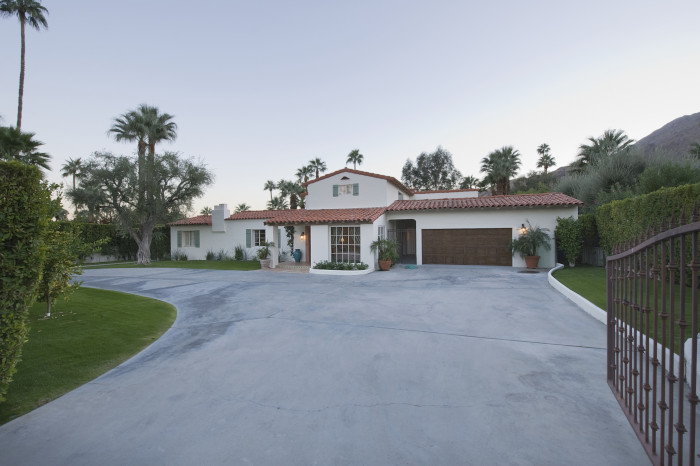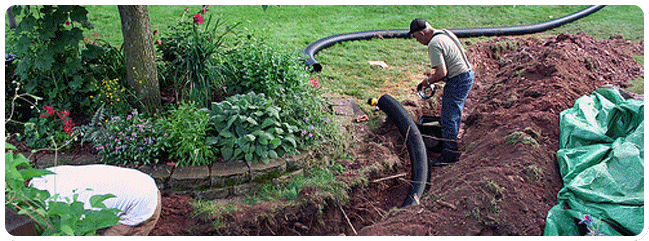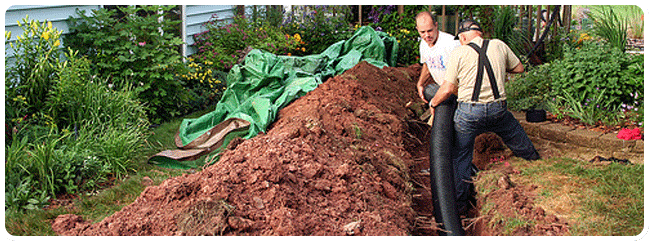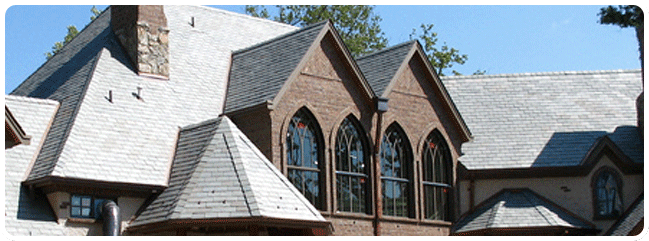If you’re looking to add a roof to your property, the first decision is whether it will be pitched or flat. There are many factors that go into deciding which type of roof is best for your home and needs. We hope this blog post will help you decide.

Maintenance
Both flat and pitched roofs require regular maintenance. However, although pitched roofs may be more difficult to clean and inspect, due to the sloped structure, flat roofs often require more maintenance throughout the life of the roof. Flat roof drainage is not quite as effective as a pitched roof’s, and without regular inspection, drains can become clogged, leading to damage and leaks. The roof requires a waterproof seal, which must be maintained regularly to prevent leaks and costly repairs. Many flat roof leaks are due to a lack of regular inspection and maintenance, so be sure that you have the time to check your roof regularly if you choose a flat roof for your property. Source: Homeguides.SFGate
Cost
Sloped roofs can be fairly inexpensive to build or replace, depending on the style of slope and the material you choose. Simpler roof designs with asphalt shingles are the most cost-effective. More complicated roofing structures with a copper roof would be the most expensive. Part of the increase in cost in building a sloped roof is simply the additional material needed to reach the peak of the roof, then angle it down across the length of the building.
A flat still costs less to build and replace because you’re not adding material for the slope. As we all know, the shortest distance between two points is a straight line, and a flat roof draws a straight line across the building. Plus, the rubber rolls used to finish a flat roof are still less expensive than asphalt shingles, not to mention the costlier materials you could use to finish a sloped roof.
Verdict: Flat roofs are less expensive than sloped roofs both to build and to replace. Source: Homenish
Structure
At a pitched roof, wind forces break at the ridge. The suction power on the downwind side is only little. Small-format roofing materials are easily lifted by the wind and drop back into their original position. So they are structurally more stable.
Structurally less stable. At a flat roof, the wind current applies behind the ridge and generates a negative pressure, which lifts roofs like the wing section of an aero plane. Source: CivilToday
Can’t decide which one will work best for you? Call us and we’ll be glad to help!
Contact:
Kerrisdale Roofing & Drains Ltd.
168 W 71st Ave, Vancouver, BC V5X 4S7
(604) 360-2114



















